At 9:00 a.m. on Sunday, June 2, 2024, Dhaka's AQI score of 83 placed it 17th out of all cities in the world with the worst air quality. Even if Dhaka's air quality is rated as "moderate," there are still reasons to be concerned.
Taking the top spots on this undesirable list are Uganda’s Kampala, Indonesia’s Jakarta, and the Democratic Republic of the Congo’s Kinshasa, with AQI scores of 179, 179, and 167, respectively.
Understanding the AQI scale is essential: when the AQI value for particle pollution ranges between 50 and 100, air quality is labeled 'moderate'. It escalates to 'unhealthy for sensitive groups' between 101 and 150, and further to 'unhealthy' between 150 and 200. Once it hits 201 to 300, the air quality is deemed 'very unhealthy', while a reading exceeding 301 is considered 'hazardous', posing significant health risks.
The AQI serves as a vital tool for daily air quality reporting, offering insights into the cleanliness or pollution levels of a city's air and highlighting potential health risks for its residents. In Bangladesh, the AQI is based on five pollutants: particulate matter (PM10 and PM2.5), NO2, CO, SO2, and ozone.
Dhaka's persistent battle with air pollution is well-documented. Typically, its air quality deteriorates during winter and experiences improvement during the monsoon season.
The global impact of air pollution is stark, with the World Health Organization (WHO) estimating that it claims the lives of around seven million people annually. These fatalities are primarily attributed to increased mortality rates from stroke, heart disease, chronic obstructive pulmonary disease (COPD), lung cancer, and acute respiratory infections. Dhaka's struggle underscores the urgency for concerted efforts to mitigate air pollution and safeguard public health.



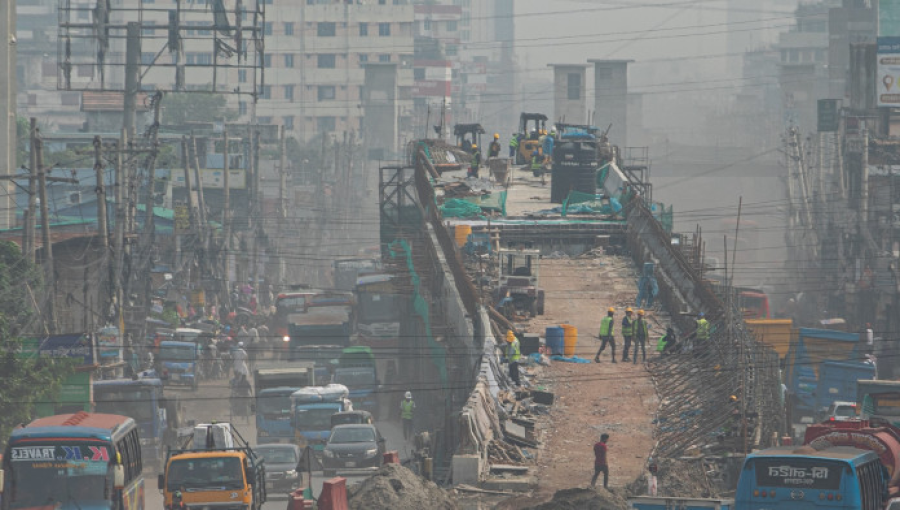
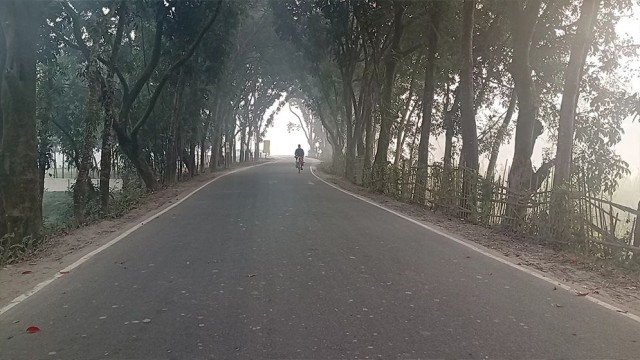


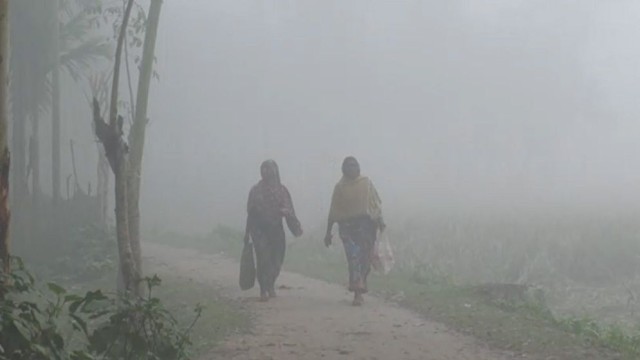




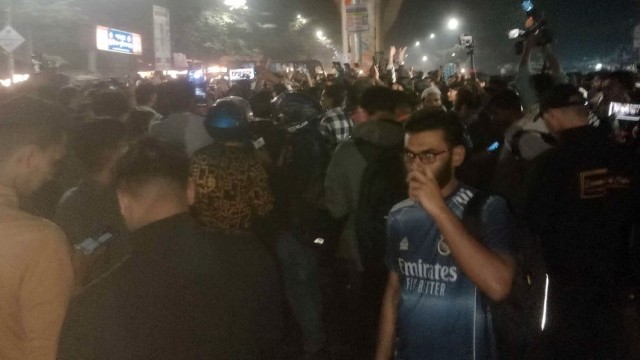




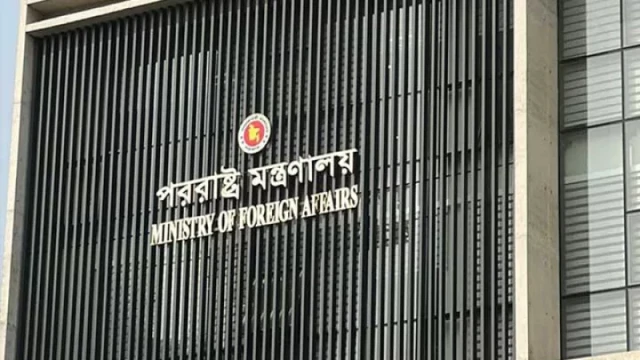








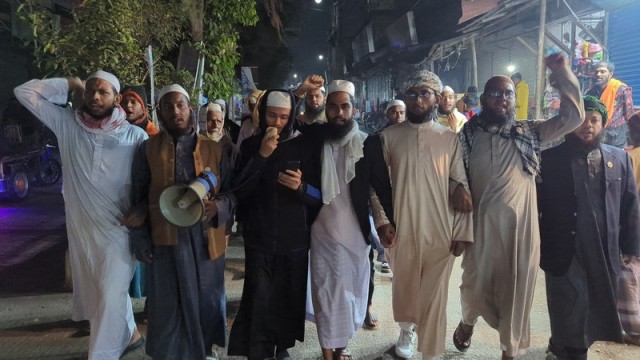

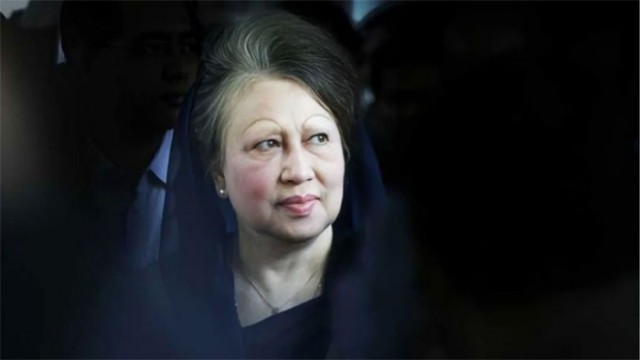


Comment: